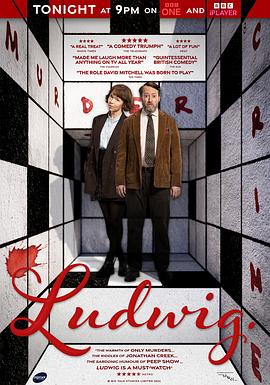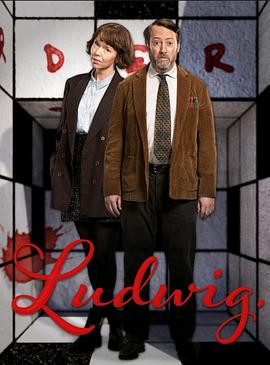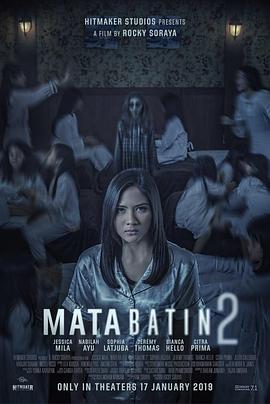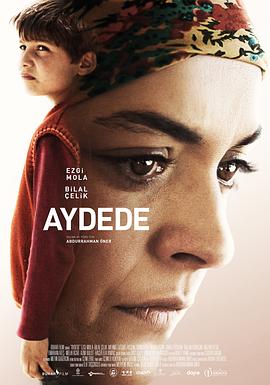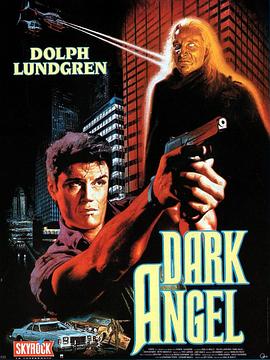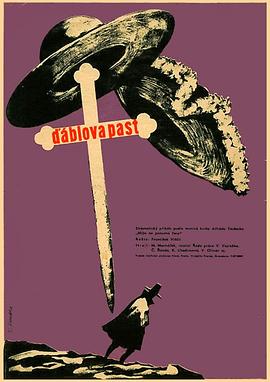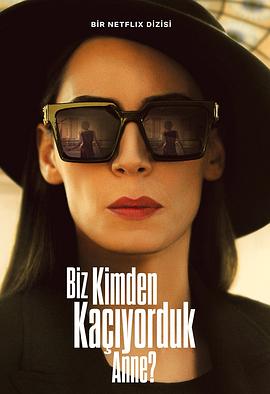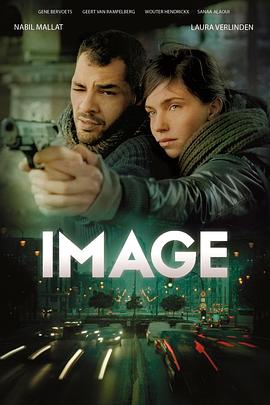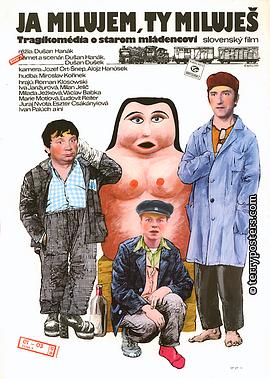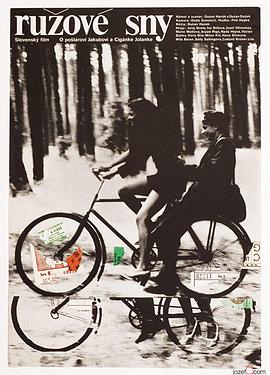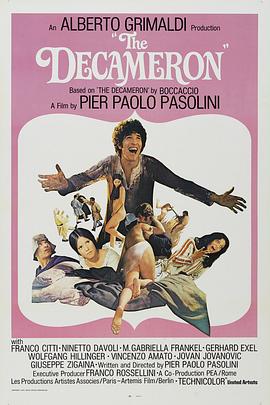Bila
搜索"Bila",找到15部影视作品
导演:
/Adil El Arbi,Bilall Fallah
主演:
剧情:
被正式预订的FX剧《白粉飞 Snowfall》首季为10集,该剧由John Singleton创作,故事关于1980年代洛杉矶的毒品交易蔓延。《Boyz N The Hood》导演Singleton和Eric Amadio联合创作剧本,Adil El Arbi 与Bilall Fallah导演。这试映集经过重拍,找来Dave Andron当制作人,另外该剧抽中了税务减免。 《白粉飞》设定于毒品蔓延初期,最终众所周知影响到文化层面。Franklin Saint(Damson Idris饰)认为自己是个街头「企业家」,渴望权力;他在洛杉矶南区出世及成长,不过在圣盖博谷地区的较优地区学习,他决心用一切手段改善自己的生活。Gustavo Zapata(Sergio Peris-Mencheta饰),一位墨西哥摔跤手,陷入一个犯罪家庭的权力斗争。Teddy McDonald(Carter Hudson饰)是个CIA情报员,有着黑暗的秘密,正进行一个秘密﹑非局内的行动,以资助尼加拉瓜反政府活动。 Emily Rios饰演Lucia,身在洛杉矶墨西哥犯罪家庭,但洁身自爱的女儿,该犯罪家庭偷运大麻进洛杉矶,并在此地贩毒。Michael Hyatt饰演Sharon Saint,别称Cissy,是Franklin的妈妈。不爱废话的她在个人及职业生涯都过得不如意,不过她甘愿放弃自己梦想来给予儿子自己没得到过的机会。 Amin Joseph则饰演Franklin的叔叔Jerome Saint,一个在监狱的硬汉兼骗子,是个低层的大麻贩子。Alon Aboutboul饰演Avi Drexler,一个在圣费尔南多谷﹑不可预测的可卡因贩子。Isaiah John角色设定不详。 Angela Lewis饰演Louise Saint,是Franklin的姨子,喜欢混迹派对﹑Juan Javier Cardenas饰演老谋深算的Alejandro Usteves,尼加拉瓜反抗军的人,为了保持革命而愿意不择手段。Filipe Valle Costa饰演自大的Pedro,是墨西哥犯罪家庭继承人。
导演:
/法兰提塞·维拉席
主演:
剧情:
In the time of Counter-Reformation, a miller and his son come under investigation by a priest of the Inquisition, when rumors spread that their prosperity comes from working with the Devil. The Devil's Trap is a film directed by František Vlá?il, based on a novel by Alfréd Technik, adapted by František A. Dvorák and Miloš Kratochvíl. It was the first of three historical dramas that Vlá?il made during the Czech New Wave (technically he isn't really a part of the New Wave, however these films were made during the same era of artistic freedom), preceding his more well known Marketa Lazarová (1967) and Valley of the Bees (1968). Set in the late 16th Century during the Catholic Reformation, in the Moravian Karst, situated in what is now the Eastern Czech Republic, it tells the tale of a miller (Vítezslav Vejrazka), and his son Jan (Vít Olmer), who come under suspicion and are investigated by a Jesuit priest of the Inquisition (Miroslav Macháchek), when rumors of witchcraft are spread by the local regent (Cestmír Randa), who is jealous of the miller's prosperity and degree of respect among the local populace. As expected from Vlá?il, this film is a stunning experience all the way through. From the opening shot, an ominous manipulation of perspective with a close up of a mangled figure of Christ dominating the foreground against a tiny figure in black walking along the horizon, to the breathtaking confrontational finale inside the vast stalactite filled Karst caverns, it is a wonderful display of visual mastery. Maybe not quite as impressive as Marketa Lazarová, but still full of astonishing imagery. As seen from unique angles and distinct points of view which highlight the director's remarkable sense of awareness of framing, motion, and positioning on the emotional and dramatic tone of the scene. The most memorable being a repeated shot where the camera is suspended and launched with speed through the air towards the miller's door. The story here is a simple one and I would say more accessible than his later works. With a conventional structure emphasized as much by its plot and characters, than by its expressionistic cinematography or authentic historical detail. The events play out without much surprise, and there is a strong underlying, almost supernatural, mysterious aspect that is left unresolved, in fact barely explored, which is slightly disappointing, but only because it's so fascinating that I wish there was more. Acting is great all around. Particularly the villains: Miroslav Macháchek as the priest, casting a sinister and imposing shadow wherever he goes, and Cestmír Randa as the weasel like regent behind all the persecution. While Vít Olmer brings a charismatic leading man presence in his role as the miller's son Jan, in love with the lovely orphan girl Martina (Karla Chadimová), who becomes a dangerous object of rivalry between Jan and other young men of the village. The film also features the evocative music of Zden?k Liška (perhaps the most prolific composer of the Czech New Wave). In this his second of eleven collaborations with Vlá?il, his compositions are used sparingly, but to great effect, complimenting but never overpowering a scene. The best example of which can be heard in an amazingly shot celebration and dance sequence at the end of the second act. The Devil's Trap might not be a masterpiece, but it is still a strong effort, with a fascinating straightforward story and a glorious historical setting captured beautifully by Vlá?il's unmistakable visual prowess. A fine work that would also be the perfect starter plate to prepare yourself for the challenging feast of Marketa Lazarová or The Valley of the Bees. It even has an easy to digest running time. It's therefore puzzling why this gem remains largely overlooked and ignored.
导演:
/杜桑·哈那克
剧情:
An amiable picture about entering adulthood, great dreams, and the first - forbidden - love of a white postman, Jakub, and a pretty Gypsy girl, Jolanka. This is a poetic story, a mosaic of the playful world springing from the wild imagination of the village postman and its clash with the pragmatic mundane reality that finally beats the rosy dream's of the young protagonists. Director Dusan Hanak and screenwriter Dusan Dusek's most popular film has been cherished by critics as well as wide audiences at home arid abroad.
导演:
/皮埃尔·保罗·帕索里尼
剧情:
获柏林电影节评审团大奖。影片取材于意大利文艺复兴时期薄伽丘的著名小说集《十日谈》,帕索里尼从中挑选了8个(亦有说10个)发生在那不勒斯等意大利南部地区的故事进行拍摄(原著中以佛罗伦萨地区故事为主),这些故事大多以揭露教会虚伪丑恶本质为宗旨,并鲜明地表现了作者对人性解放的肯定态度。 原著《十日谈》是意大利文艺复兴时期最重要的文学作品之一,它以十四世纪黑死病横行的时期为背景,通过十位青年所讲述的一百个故事,大胆鞭挞了当时天主教会的种种丑行,表现出平民阶层追求自由、摆脱宗教束缚的渴望。这部现实主义风格明显的作品堪称欧洲古典文学的杰作,被后人誉为和但丁《神曲》齐名的" 人曲"。 意大利新现实主义影片后期崛起的导演帕索里尼,延续了自己六十年代以古代神话题材警醒当今世人的创作路线,以相对通俗化的手法连续改编拍摄了《十日谈》、《坎特伯雷故事》和《一千零一夜》三部古典名著影片,合称"生命三部曲"。因为这三部影片中裸露镜头较多,又采用了较为通俗的娱乐片路线,有的电影学者也称之为帕索里尼的"色情三部曲"。对此帕索里尼本人阐述了自己的创作观点:"我向观众表现的是整个世界,封建的世界,在这个世界里,情欲极其深刻而狂热地起着支配一切的作用。……我要推出这个世界并且说:你们可以比较一下,我要向你们表明,我要向你们诉说,我要向你们提醒。"

